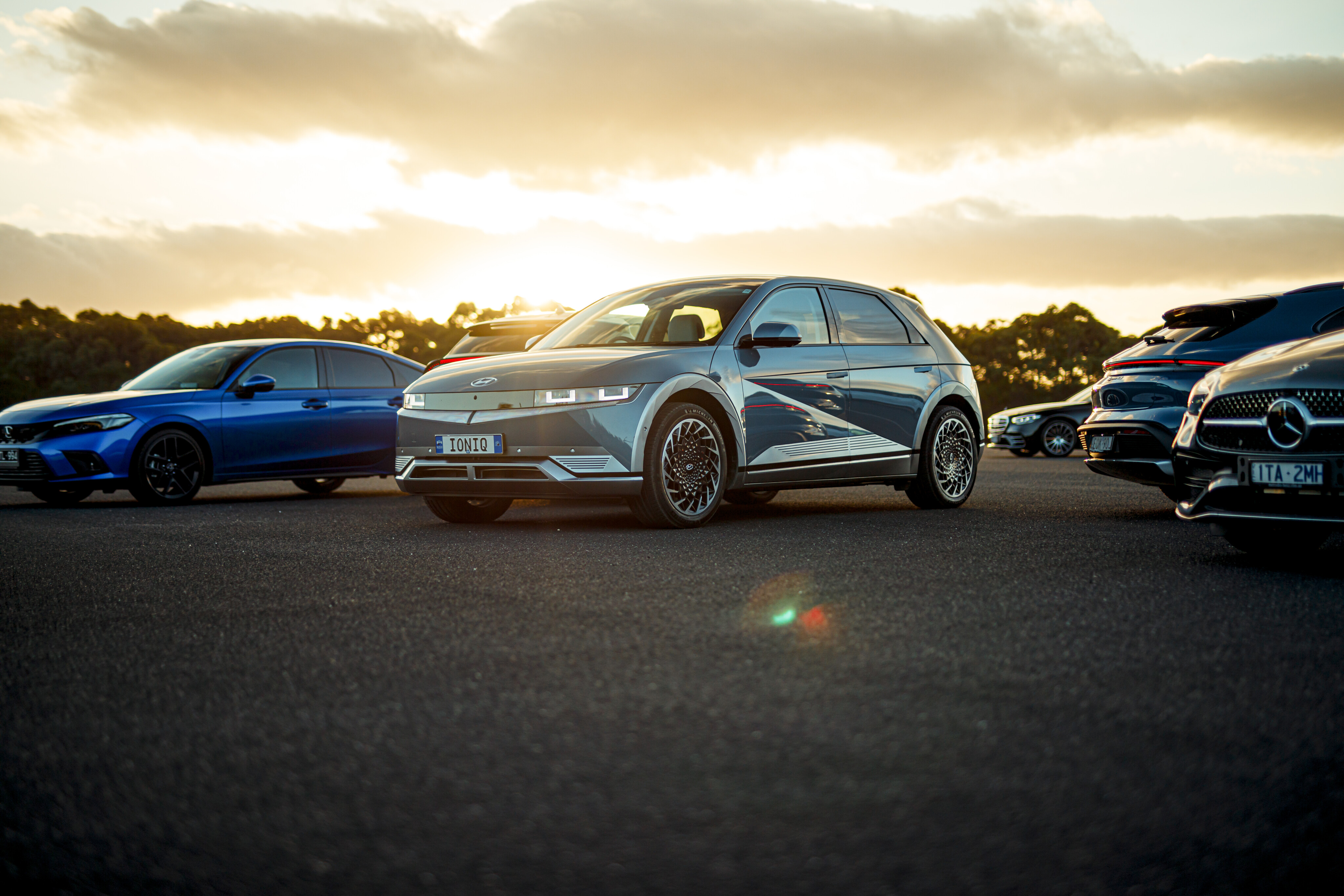
"Electric vehicles are too expensive."
Snapshot
- EVs are generally pricier than traditional petrol or diesel vehicles
- A growing number of Chinese-made EVs cost on par or even cheaper than ICE
- EVs are cheaper to own in the long-run, but isn’t perfect
Price remains a key barrier to buying an electric vehicle, but look a little deeper and not all models are more expensive than traditional internal combustion engine (ICE) vehicles.
As new car prices – regardless of the powertrain – continue to climb with every generation, update or simply every year, how much more expensive are EVs today (if at all)?
JUMP AHEAD
- 🤨 Will EVs ever be cheaper than ICE cars?
- ⏱️ Think long term
- 🔢 Compared: EV vs ICE prices
👨💻 Are EVs really expensive?
- 🤔 Time to make the electric switch?
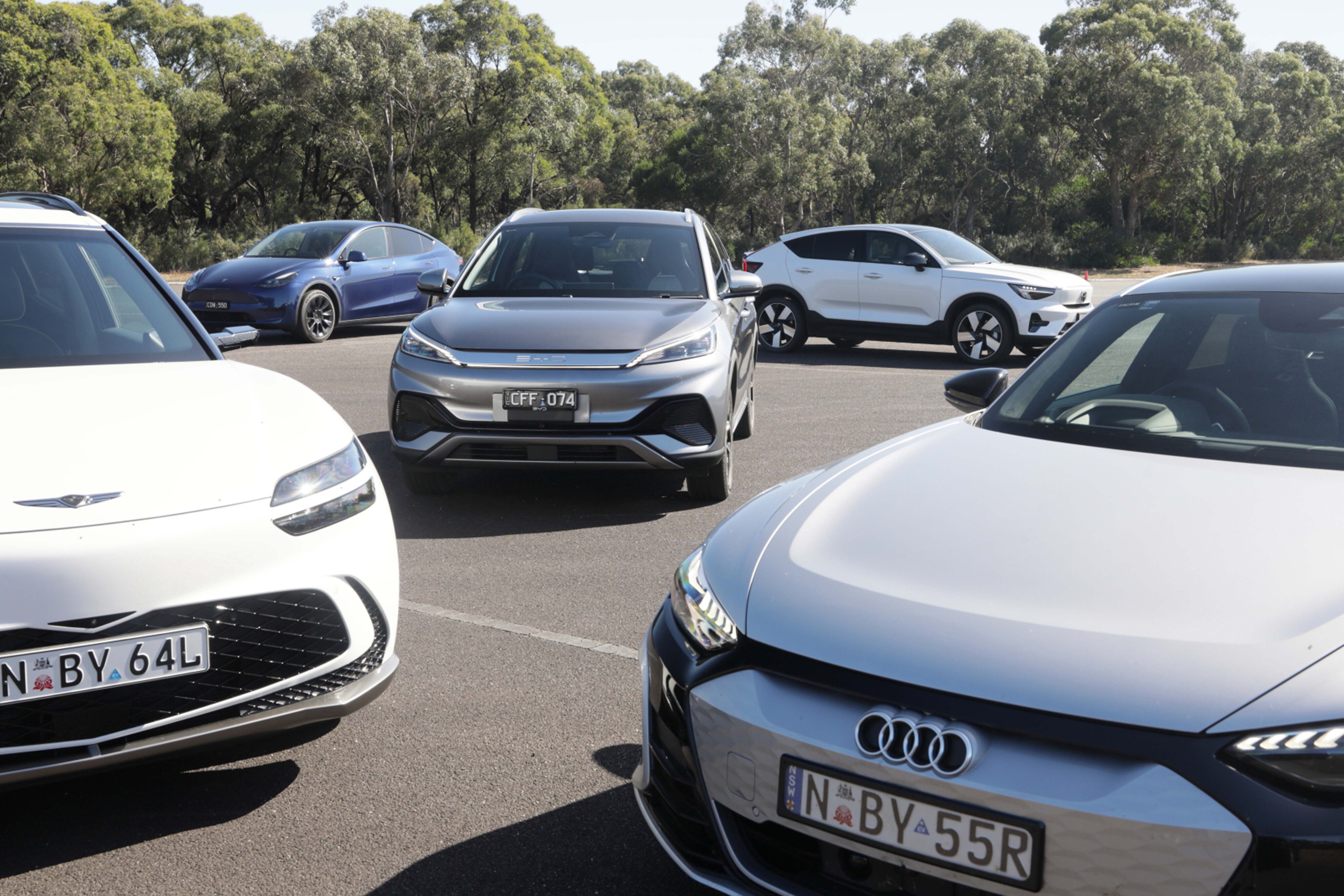
🤨 Will EVs ever be cheaper than ICE cars?
Yes. As the cost to buy an ICE vehicle increases, EV prices are going down.
While electric cars are generally more expensive to buy than a petrol- or diesel-powered car today, some EV models have already achieved ‘price parity’.
Australians can now make the electric switch for less than $40,000.
💸 Why are EVs generally more expensive than ICE?
Blame the battery. Expensive and resource-limited raw materials are required to form large battery packs, including lithium, cobalt, nickel, manganese.
However, new battery developments – such as the lithium-iron-phosphate (LFP) cathode – are bringing costs down and addressing contentious environmental sustainability issues.
Several Chinese-made EV options already feature price tags on par – if not cheaper – than comparable petrol-powered models (read why it’s the case here).
However, some car brands only bring large battery EV models to Australia – arguing buyers need longer driving range to allay perceived concerns.
Some have boasted that their incoming EVs have a price point similar to higher-spec ICE-powered models, while most insist that little can be done until governments prioritise the issue with upcoming landmark emissions mandates.
While a Compare the Market [↗] study found 66.6 per cent of Australians perceive the purchase price of electric cars as the main barrier to adoption, for the price of the most popular vehicles in Australia – medium SUVs and utes – buyers can afford to buy an EV today, albeit from a smaller size or different body type segment.
All new car prices have increased due to a significant rise in manufacturing and shipping costs, component supply challenges, more standard inclusions, and growing size with every new model update or generation.
Therefore, the EV price premium isn’t as wide anymore (if at all).
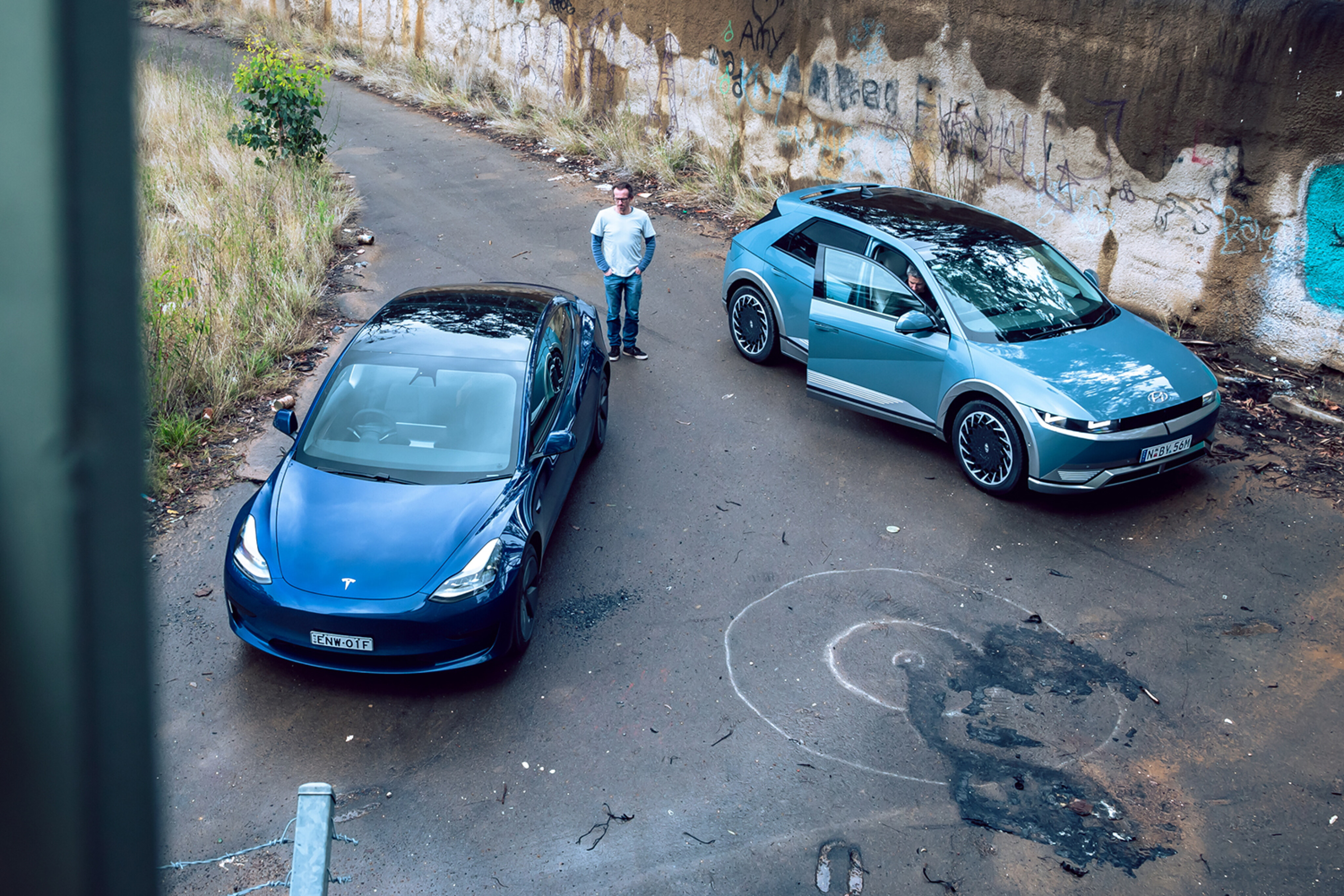
⏱️ Think long term
Then, there’s the long-term benefits of EV ownership that’s not always considered when looking at the initial sticker price.
The total cost of ownership is simply lower in an EV due to cheaper charging costs, rather than being hit at the fuel pump – especially if you can charge at home – and generally cheaper and/or less frequent maintenance demands.
If owners are able to take advantage of solar energy, running costs can be slashed further for essentially free charging. ICE cars simply can't offer this advantage.
This all adds up over time to recoup and surpass the initial EV price premium (if applicable).
For employees and business fleets, novated leasing an eligible EV could be a more affordable option due to the Australian Government exempting the fringe benefit tax (FBT) – an incentive usually reserved for light commercial vehicle fleets.
With significantly fewer moving parts, EVs are theoretically more reliable and concerns of a short-lived battery have proven untrue from real-world data.
However, it’s not all perfect:
- EV insurance premiums are currently higher;
- Some manufacturers require similar EV servicing costs and intervals to ICE models;
- EVs generally depreciate more when it comes to selling; and
- Victoria has already imposed an ‘EV tax’ based on how far owners drive each year – costing residents hundreds, if not thousands – with some other states set to follow in 2027.
🔢 Compared: EV vs ICE prices
MG 4 vs Toyota Corolla vs Hyundai i30
| Model | Price (before on-road costs) | Difference |
|---|---|---|
| MG 4 Excite 51 | $38,990 | |
| Toyota Corolla ZR Hybrid hatch | $39,100 | + 0.3% |
| Hyundai i30 N Line Premium hatch | $37,300 | - 4.3% |
Prices are accurate as at the time of publication. They exclude mandatory on-road costs and dealer delivery fees, which usually adds a couple of thousand dollars to the price.
The MG 4 is the Chinese automaker’s cheapest electric car – priced closely with the top-spec Toyota Corolla ZR Hybrid and Hyundai i30 N Line Premium.
Moreover, the range-topping Mazda 3, Volkswagen Golf, Honda Civic, and Peugeot 308 small cars now cost beyond $40,000 – or borderline $50,000.
However, it’s worth noting the base MG 4 Excite variant doesn’t achieve ‘feature parity’ as it lacks blind-spot and rear cross-traffic alert, synthetic leather seats, and automatic electric folding wing mirrors.
The Hyundai i30 N Line Premium also omits the former radar-based safety assistance features as well, due to its sporty rear bumper.
The BYD Dolphin electric hatch is priced similarly (from $38,890 before on-road costs) and offers all features as standard to be on par with comparable top-spec petrol models, but has a less powerful drivetrain than the MG 4.

BYD Atto 3 vs Toyota Corolla Cross vs Mazda CX-30
| Model | Price (before on-road costs) | Difference |
|---|---|---|
| BYD Atto 3 Standard Range | $48,011 | |
| Toyota Corolla Cross Atmos Hybrid FWD | $47,030 | - 2.0% |
| Mazda CX-30 G25 Astina FWD | $43,710 | - 9.0% |
Prices are accurate as at the time of publication. They exclude mandatory on-road costs and dealer delivery fees, which usually adds a couple of thousand dollars to the price.
The top-selling BYD Atto 3 electric SUV is priced in line with the flagship Toyota Corolla Cross Hybrid and Mazda CX-30.
It’s a similar story with the hero variants of the; Hyundai Kona, Kia Seltos, Subaru Crosstrek, Mitsubishi Eclipse Cross, Honda HR-V hybrid, Volkswagen T-Roc, and Skoda Kamiq.
These small SUVs have all raised into the $40,000 to $50,000 bracket for a top-spec variant – some of which have also grown in size with a new generation model – to be in line with some medium-sized SUVs.
The BYD Atto 3 offers all features as standard, so it is comparable to a range-topping petrol-powered small SUV.
Tesla Model 3 vs Mercedes C-Class vs BMW 3 Series
| Model | Price (before on-road costs) | Difference |
|---|---|---|
| Tesla Model 3 RWD | $61,900 | |
| Mercedes-Benz C200 | $89,900 | + 31.1% |
| BMW 3 Series 320i | $80,200 | + 22.8% |
Prices are accurate as at the time of publication. They exclude mandatory on-road costs and dealer delivery fees, which usually adds a couple of thousand dollars to the price.
The popular Tesla Model 3 electric sedan has gone down in price since its 2019 launch – and is now up to $30,000 cheaper than the entry Mercedes-Benz C-Class and BMW 3 Series.
That’s because the latest fifth-generation W206 Mercedes-Benz C-Class is around $15,000 more expensive than its predecessor, while the BMW 3 Series sedan now costs about $5000 dearer after a 2022 facelift.
The reduced, albeit periodically fluctuating, Tesla prices and increased entry to buy a petrol-powered German luxury sedan has meant the price difference has dramatically widened in the past few years.
Therefore, buying a Tesla Model 3 RWD effectively means the ownership cost savings start from day one, with no need to recoup any EV price premium.
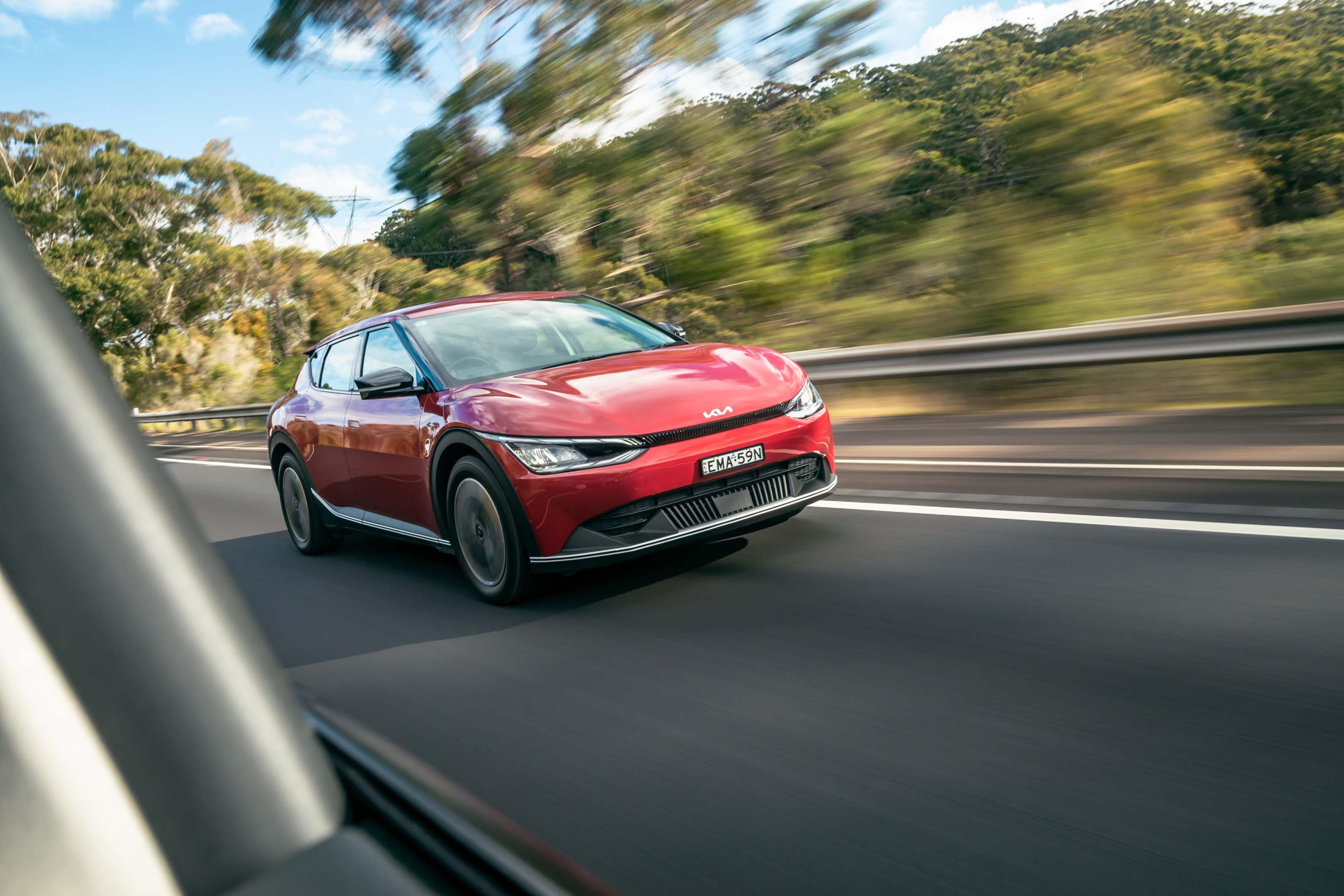
Kia EV6 vs Sportage vs Toyota RAV4
| Model | Price (before on-road costs) | Difference |
|---|---|---|
| Kia EV6 Air | $72,590 | |
| Kia Sportage SX+ (2.0L FWD petrol auto) | $41,850 | - 42.3% |
| Toyota RAV4 GXL Hybrid FWD | $45,810 | - 36.9% |
Prices are accurate as at the time of publication. They exclude mandatory on-road costs and dealer delivery fees, which usually adds a couple of thousand dollars to the price.
The Kia EV6 crossover highlights where the manufacturing costs and margins of electric vehicles begin to merge.
The base EV6 Air trim has the widest price gap compared to its petrol counterparts in this story, costing almost double the Kia Sportage SX+ with similar equipment levels.
It's also a similar difference compared to comparable trims of the Toyota RAV4 Hybrid, Hyundai Tucson, GWM Haval H6 Hybrid, and Mitsubishi Outlander petrol-driven medium SUVs.
Though, pricier models such as the range-topping Volkswagen Tiguan, Honda CR-V hybrid, Nissan X-Trail E-Power, and Mitsubishi Outlander PHEV (plug-in hybrid electric vehicle) narrow the gap with the EV6.
Why the price premium? The Kia electric SUV features a large 74kWh usable (77kWh gross) battery pack, uses an advanced 800-volt class based dedicated EV platform, and is made in South Korea so it doesn’t have the advantage of China’s cheaper manufacturing costs.
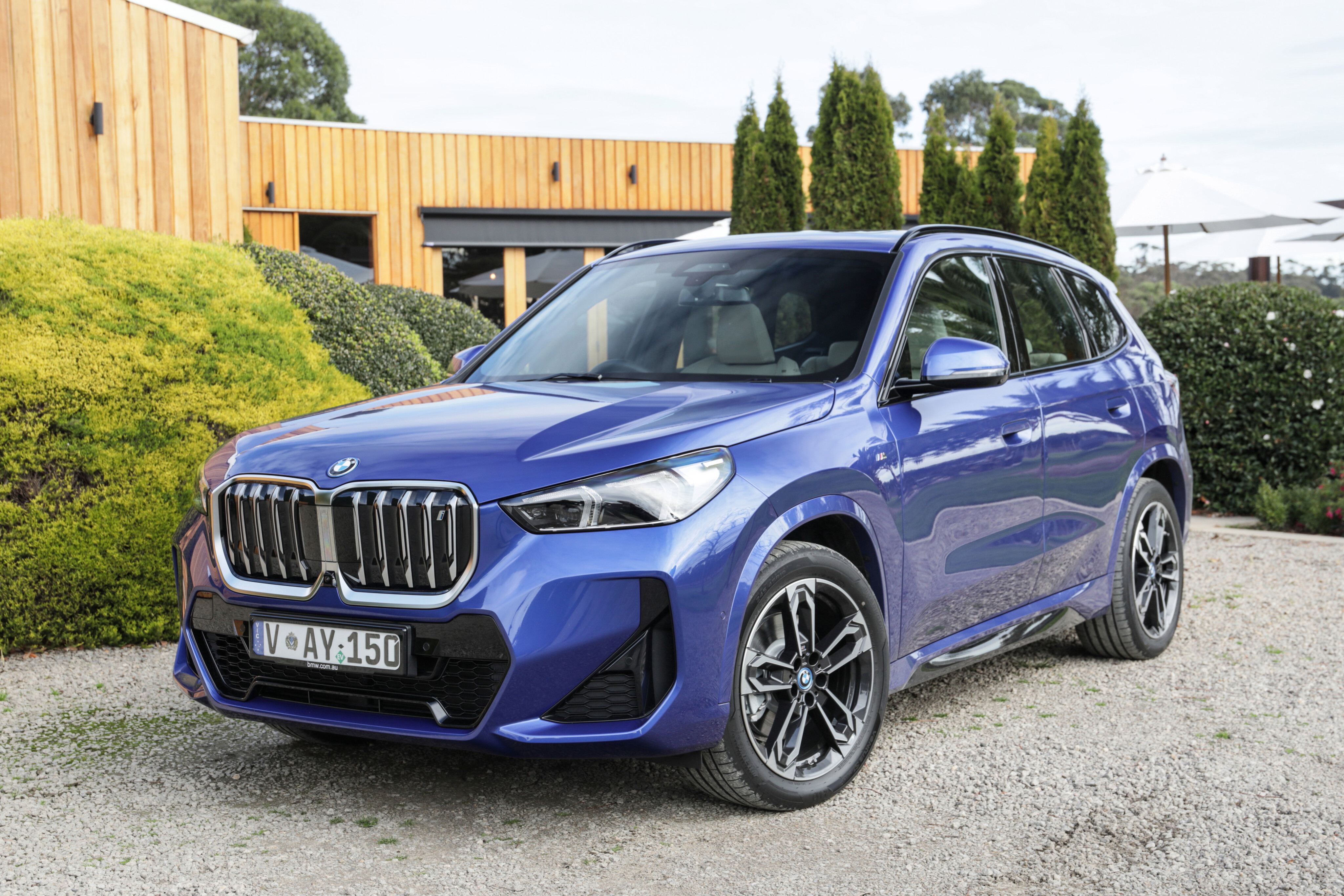
BMW iX1 vs X1 vs Volvo XC40
| Model | Price | Difference |
|---|---|---|
| BMW iX1 eDrive20 | $78,900 | |
| BMW X1 sDrive18i | $60,400 | + 23.4% |
| Volvo XC40 Ultimate B4 Bright | $61,990 | + 21.4% |
Prices are accurate as at the time of publication. They exclude mandatory on-road costs and dealer delivery fees, which usually adds a couple of thousand dollars to the price.
The BMW iX1 small premium SUV is the Barvarian brand’s entry-level electric offering, but is around $20K more than its petrol-engined X1 twin and Volvo XC40.
The price gap is similar when compared to the base Mercedes-Benz GLA and second-cheapest Audi Q3 variant.
Also notable is the XC40 and GLA can be had in full-electric versions – both with similar starting prices to the iX1.
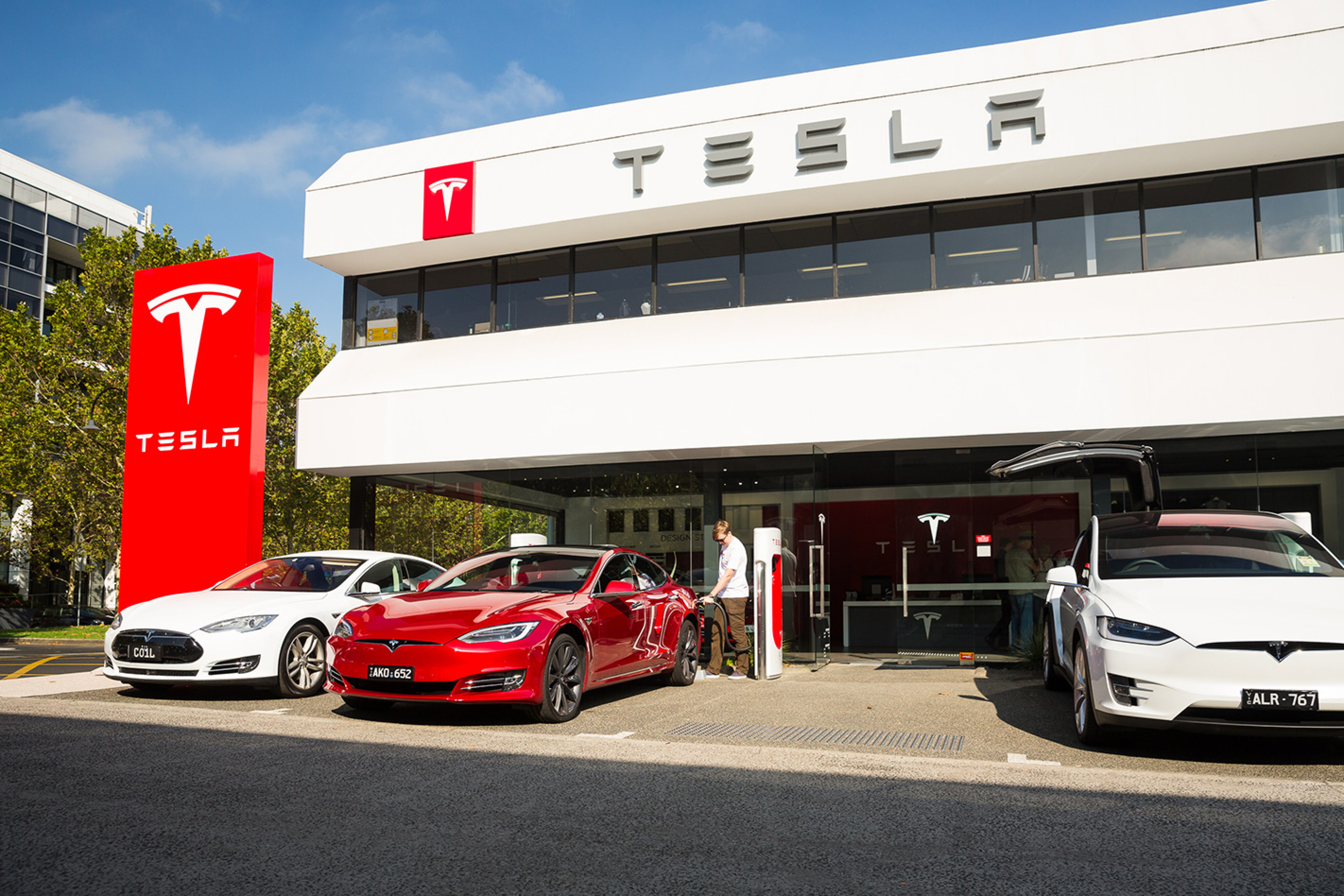
🧑💻 Are EVs really expensive?
Not all EVs are ‘luxury cars’.
Most EVs are still generally more expensive to buy depending on the model.
However, with increasing new car prices and more budget-friendly Chinese-made options, the premium for some electric car models isn't as drastic anymore (if at all) compared to ICE models.
Despite the price tag barrier and some states redacting EV rebates early, increased market competition – backed by strong government policies – and gradually decreasing battery costs mean electric cars are quickly becoming more accessible in Australia.
But the longer you own and the further you drive an EV, the quicker you’ll recoup the extra price to entry (if applicable). Then, the savings continue on…
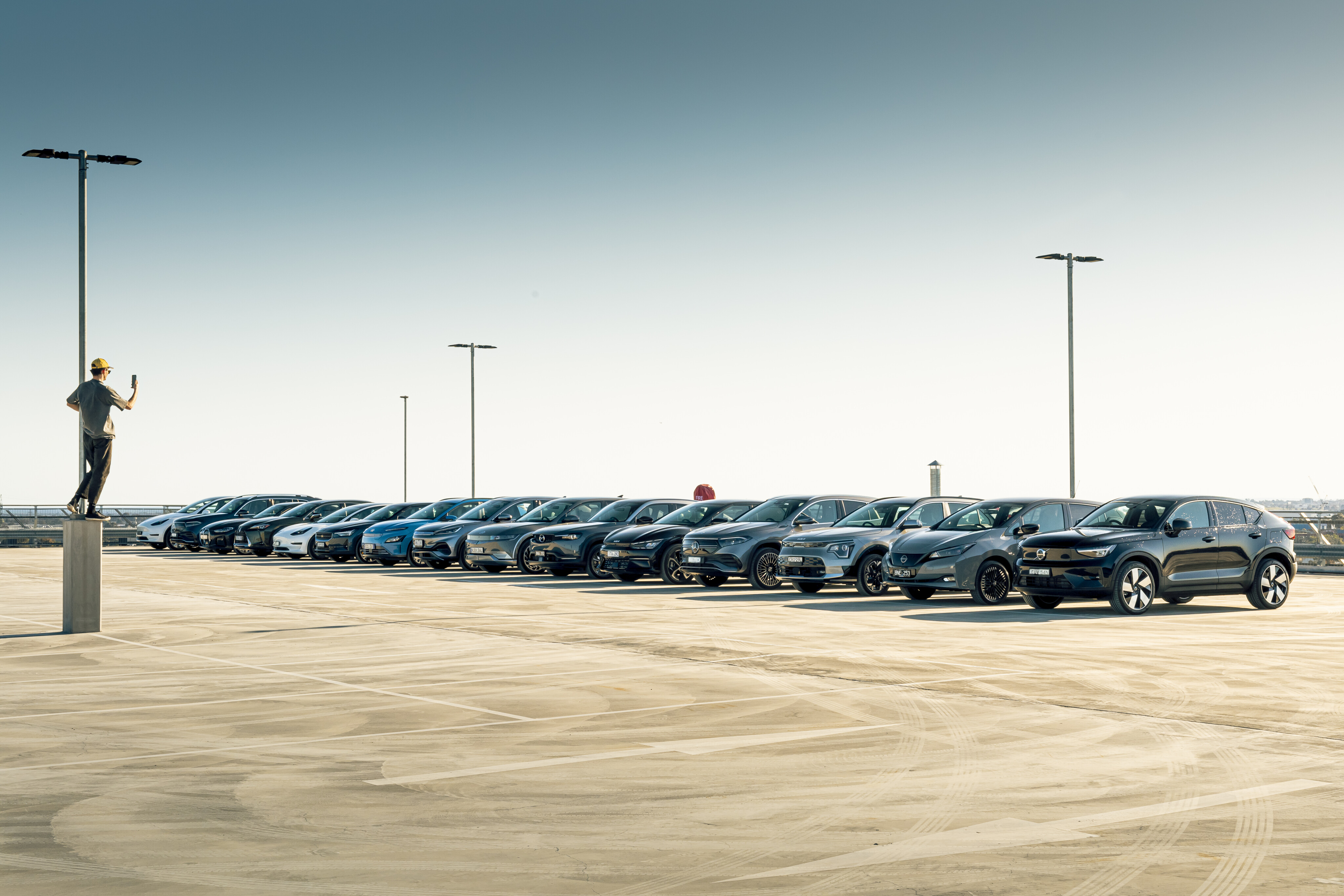
COMMENTS